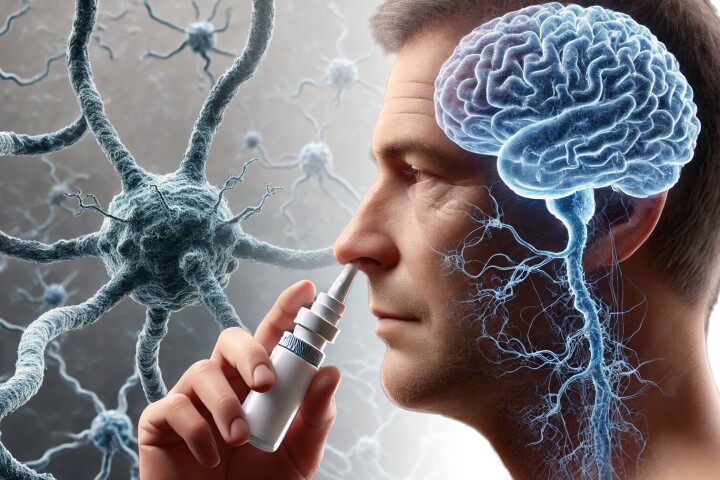While all team sports can be rough, hockey poses a particularly high risk of brain injuries. A new high-tech helmet is designed to warn of such injuries, by detecting and reporting on knocks to its wearer's head.
The helmet is being developed by Swiss startup Bearmind, which is affiliated with the EPFL research institute. Two former athletes, Mathieu Falbriard and Tom Bertrand, founded the company.
In its current form, the Bearmind helmet looks much like any other hockey helmet, except for the fact that it has a small oval module which fits into a receptacle in the back. That module contains an IMU (inertial measurement unit), pressure sensor, battery and Bluetooth module. When the helmet is subjected to any sudden impacts, the module transmits the impact data to an accompanying app on a rink-side coach's smartphone.

That app displays the severity of the impact, and compares it to a database of head impacts typically received by hockey players. If the app determines that this particular impact had the potential to cause brain injury, it will alert the coach who can in turn seek medical attention for the individual. The app also records the frequency of impacts for specific players, allowing coaches to determine if any one person is particularly accident-prone.
The present version of the helmet is being tested by two hockey teams in western Switzerland. That said, Falbriard and Bertrand are already working on incorporating all the sensing hardware directly into the helmet's padding, thus doing away with the external module. Testing on that version of the helmet should begin in the next hockey season.
"Our goal is for coaches to be able to monitor athletes’ neurological condition, just like they already do for athletes’ physical and mental condition," said Bertrand.
And as a quick side note, people wishing to add impact detection to existing third-party helmets might want to check out the Shockbox and XOnano sensor systems.
Source: EPFL





